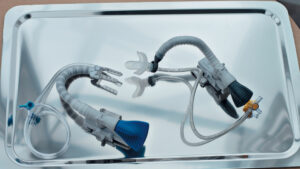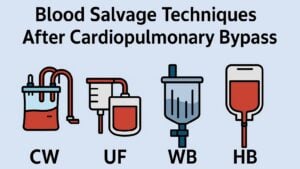Background: Our goal was to create a simple risk-prediction model for renal function decline after cardiac surgery to help focus renal follow-up efforts on patients most likely to benefit.
Methods and results: This single-center retrospective cohort study enrolled 24 904 patients who underwent cardiac surgery from 2012 to 2019 at Fuwai Hospital, Beijing, China. An estimated glomerular filtration rate (eGFR) reduction of ≥30% 3 months after surgery was considered evidence of renal function decline. Relative to patients with eGFR 60 to 89 mL/min per 1.73 m2(4.5% [531/11733]), those with eGFR ≥90 mL/min per 1.73 m2 (10.9% [1200/11042]) had a higher risk of renal function decline, whereas those with eGFR ≤59 mL/min per 1.73 m2 (5.8% [124/2129]) did not. Each eGFR stratum had a different strongest contributor to renal function decline: increased baseline eGFR levels for patients with eGFR ≥90 mL/min per 1.73 m2, transfusion of any blood type for patients with eGFR 60 to 89 mL/min per 1.73 m2, and no recovery of renal function at discharge for patients with eGFR ≤59 mL/min per 1.73 m2. Different nomograms were established for the different eGFR strata, which yielded a corrected C-index value of 0.752 for eGFR ≥90 mL/min per 1.73 m2, 0.725 for eGFR 60-89 mL/min per 1.73 m2 and 0.791 for eGFR ≤59 mL/min per 1.73 m2.
Conclusions: Predictors of renal function decline over the follow-up showed marked differences across the eGFR strata. The nomograms incorporated a small number of variables that are readily available in the routine cardiac surgical setting and can be used to predict renal function decline in patients stratified by baseline eGFR.
Keywords: cardiac surgery; glomerular filtration rate; prediction nomogram; renal function decline.







